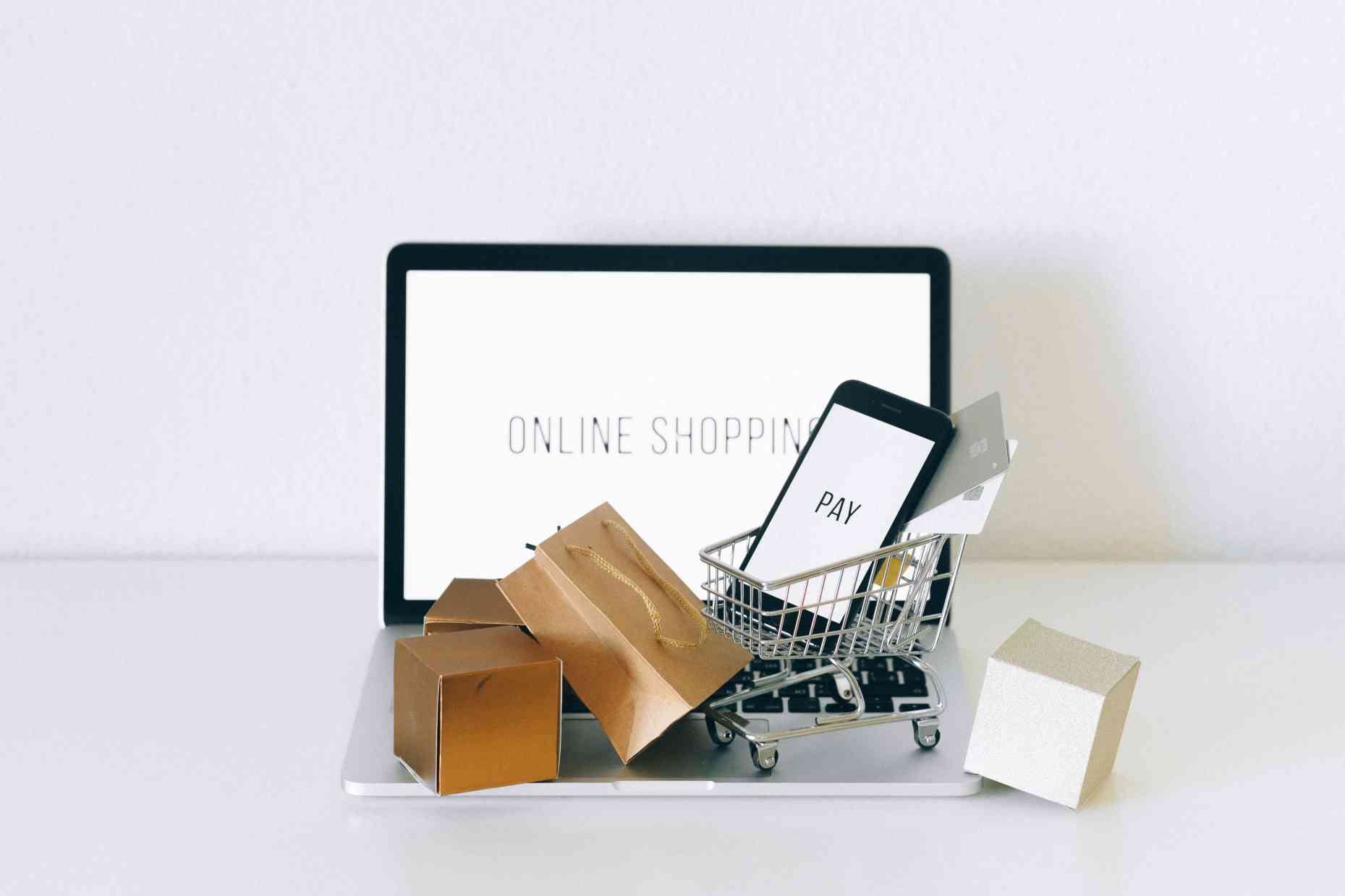The traditional retail landscape, characterized by brick-and-mortar storefronts, is undergoing a significant transformation. This metamorphosis is driven by technological advancements, evolving consumer behaviors, and the indomitable rise of e-commerce.
As the digital era ushers in new ways to shop and interact with brands, physical retailers have begun integrating e-commerce strategies to stay relevant. Much like when traditional casinos felt the need to be more like burglin bob casinos.

Let’s find out what this implies for the future of retail.
1. The Rise of Omnichannel Retailing
Omnichannel retailing refers to a multi-channel approach where consumers experience a seamless brand interaction, whether shopping online from a mobile device, desktop, or in a brick-and-mortar store.
Retailers are recognizing the importance of offering a unified experience, where each channel is interconnected.
For instance, a customer might discover a product on a brand’s social media, check it out in the physical store, and then finalize the purchase online. Each step is smooth, consistent, and integrated.
Also Read: Elevate Your Photography with AI Photo Editing Solutions
2. Enhanced In-Store Technology
Physical stores are adopting various technologies to enhance the shopping experience:
- Virtual and Augmented Reality (VR & AR): These technologies allow customers to visualize products in different settings. For example, trying out furniture in a virtual living room or seeing how a pair of glasses looks on their face through AR.
- Smart Mirrors: Fitted in changing rooms, these mirrors can suggest outfits, display different color options, and even let customers virtually try on clothes.
- In-store Navigation: Leveraging apps or AR, retailers guide customers around the store, making product location easier and enhancing the shopping experience.
3. Click-and-Collect Services
The bridge between online shopping and physical stores is epitomized by click-and-collect services.
Customers order online and pick up in stores, combining the convenience of e-commerce with the immediacy of brick-and-mortar shopping.
4. Digital Payment Solutions & Loyalty Integration
Many retailers are adopting cashless and contactless payment methods, not only for convenience but to integrate loyalty programs.
When customers pay using digital methods, retailers can easily track purchases, offering personalized discounts or rewards, thus merging the e-commerce data approach with in-store transactions.
5. Data-Driven Personalization
One of e-commerce’s strengths has been its ability to leverage data for personalization. Physical retailers are adopting this by using data analytics tools to offer personalized experiences in-store.
Through loyalty programs, mobile apps, and in-store Wi-Fi, retailers gather data and provide personalized recommendations, discounts, and more.
6. Enhanced Return Policies
Returns have always been a more straightforward process for brick-and-mortar stores than for online platforms. However, retailers are now combining both by allowing customers to return online purchases in physical stores.
This strategy not only reduces the logistical challenges for retailers but also increases foot traffic in stores.
7. Pop-Up Shops and Experiential Retail
E-commerce brands, previously online-only, are recognizing the value of physical interaction. Pop-up shops or temporary retail spaces are becoming popular, allowing digital-first brands to interact with customers face-to-face, gather real-world feedback, and offer a tactile product experience. Even if you don’t have a dedicated sales team who can do B2C customer acquisition, you can still opt for professional services provided by companies like Salesworks.
8. The Role of Social Media and Influencers
Social commerce, driven by influencers and direct shopping features on platforms like Instagram, is blurring the lines further.
Consumers can see a product on social media, click on it, and be directed to an e-commerce platform, or find out the nearest physical store carrying it.
Also Read: How to Deal with Entitled Young Adults (As A Parent)
Conclusion
The narrative is no longer about e-commerce vs. brick-and-mortar. It’s about the confluence of the two, where the strengths of one compensate for the weaknesses of the other.
Physical retailers are not just passive observers in the digital shopping revolution; they are active participants, reinventing and reimagining the retail experience for the modern consumer.
The future of retail lies in this harmonious blend, promising exciting prospects for retailers and consumers alike.



